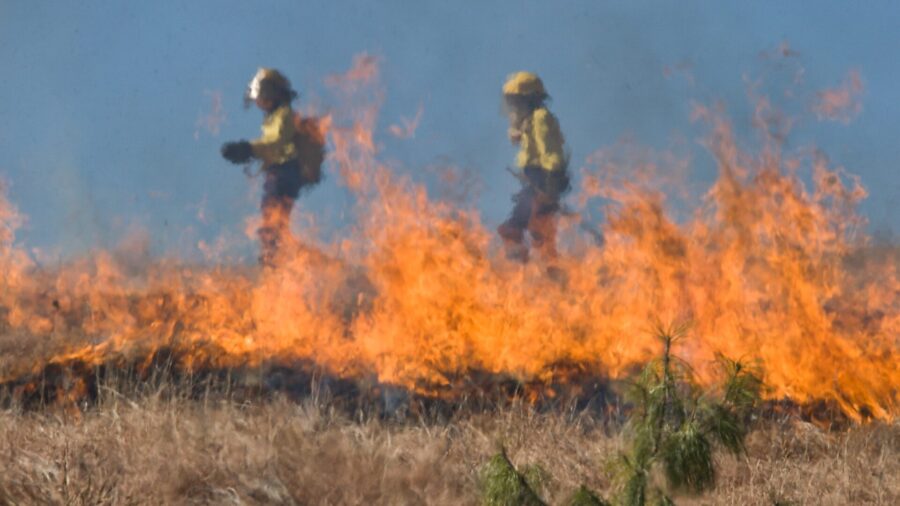Deadly Heat Waves Expected To Threaten Billions Of People
Deadly heat waves are expected to displace 2 billion people over the next 100 years.

Science Alert reported that deadly heat waves could pose a life-threatening danger to billions of people by the year 2100 with the current policies for combating global warming and climate change. According to the report, the temperature of Earth may rise up to 2.7 degrees Celsius (4.8 degrees Fahrenheit) past pre-industrial levels. This level of increase could displace as many as 2 billion people, or 22 percent of the projected global population in 2100.
The report comes from Nature Sustainability, and the heat waves are projected to affect countries with huge populations like India, Nigeria, Indonesia, the Philippines, and Pakistan. To reduce the effects of this warming and minimize the threat, we would need to adhere to the goal set in the 2015 Paris climate treaty target of 1.5 degrees Celsius. To date, warming has reached just under 1.2 degrees Celsius, which has already shown its effects through droughts, hotter years, wildfires, and more.
If we are able to keep the warming threshold at or below 1.5 degrees Celsius, the 2 billion people projected to be affected by heat waves could be reduced to less than half a billion, according to the study. The study also outlines that regions reaching 29 degrees Celcius are considered the “dangerous heat” threshold, and many tropical regions already close to this threshold will face the greatest threat. Areas exposed to this sustained heat will face greater mortality rates, reduced labor productivity, crop yields, conflict, and disease.
Only 40 years ago, less than 12 million people have been exposed to these sustained and extremely dangerous temperatures. However, that number has increased five-fold since then and will continue to increase in the coming years. The areas most affected by heat waves and extreme heat also are typically areas that have the smallest carbon footprints.

The United Nations has previously reported that these heat waves and other effects of climate change are primarily brought on by fossil fuels such as coal, oil, and gas. These fossil fuels are responsible for 75 percent of global greenhouse gas emissions and almost 90 percent of all carbon dioxide emissions. It will be important to embrace clean energy solutions in the coming decades and reduce reliance on fossil fuels in order to prevent the warming threshold from pacing the 1.5 degrees Celcius mark.
It’s important to note that although it may seem hopeless, individuals can help combat heat waves and climate change by limiting meat consumption, carpooling, taking public transportation, and reducing their carbon footprint. However, the primary onus will likely be for corporations to stop contributing significant emissions. Individuals can only do so much, and individual emissions are comparatively very small when set next to the emissions of large companies.
In fact, 70 percent of the world’s greenhouse gas emissions can be traced back to 100 companies, according to a 2017 Carbon Majors report. While some companies are making efforts to be carbon neutral, it will need to become more commonplace soon. A combination of corporate responsibility and individual efforts to reduce emissions will likely be necessary to prevent these dangerous heat waves and other consequences of climate change from having a major cost on the population in the future.












